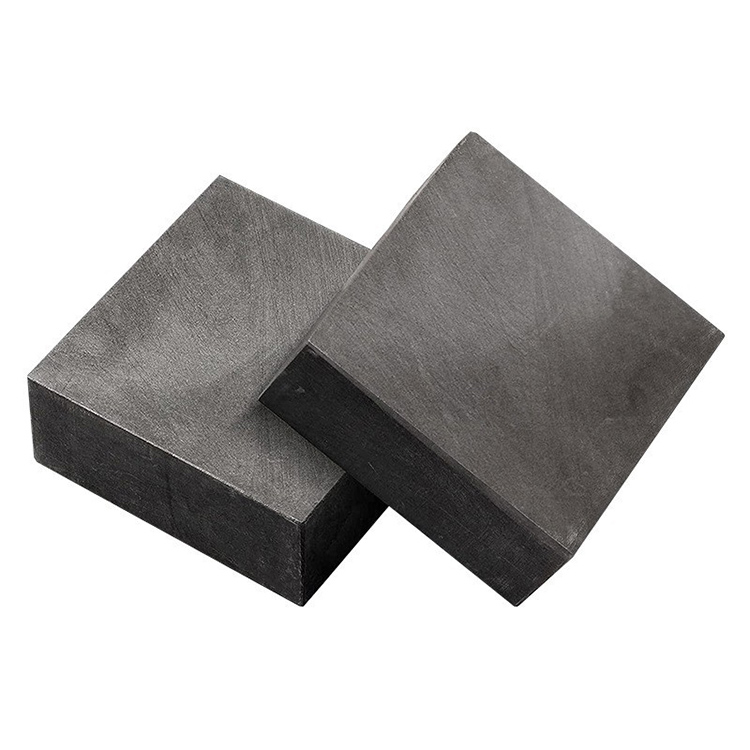Why is Graphite Anode indispensable in electrolysis?
2025-04-14
Graphite plays a vital role in lithium-ion batteries. As an anode material, it exhibits high conductivity and excellent charging capacity. With the rapid advancement of battery technology, the demand for graphite is increasing, so it is increasingly important to have a deep understanding of its functions and ensure sustainable sourcing. Whether it is graphite extracted from natural ores or products obtained through synthetic methods, the application of graphite in the battery industry is growing rapidly.
Graphite Anode plays an important role in electrochemical processes. In an electrolytic cell, the anode is where the oxidation reaction occurs, and graphite rods are often used as anode materials due to their special physical and chemical properties.

During the electrolysis process, the anode and cathode in the electrolytic cell undergo oxidation and reduction reactions respectively. The main function of Graphite Anode is to attract anions and donate electrons to them under the action of current. These anions accept electrons at the anode and are oxidized to generate corresponding oxidation products, thereby promoting the occurrence of oxidation reactions. During this process, the graphite rod needs to withstand high current density and electrochemical corrosion, and the graphite rod itself may also undergo a certain degree of oxidation, but this usually does not affect its performance as an anode. Therefore, there are high requirements for its material properties.
Graphite Anode has a wide range of uses in many fields, especially in the electrolytic industry.
Aluminum electrolysis: Graphite Anode is an indispensable material in the aluminum electrolysis process. In the aluminum electrolytic cell, Graphite Anode acts as an anode, reducing aluminum ions to aluminum metal through current and releasing oxygen at the same time. Due to its excellent corrosion resistance, it can work stably for a long time.
Chlor-alkali preparation: Chlor-alkali preparation is an important chemical industrial process, in which Graphite Anode plays an important role. In the chlor-alkali preparation process, Graphite Anode acts as a cathode in a sodium chloride aqueous solution, reducing chloride ions to chlorine and hydrogen under the action of current. At the same time, in the same reaction tank, Graphite Anode also acts as an anode for sodium ions, reducing sodium ions to sodium metal under the action of current.
Potassium preparation: In addition to the chlor-alkali preparation process, Graphite Anode can also be used in the potassium preparation process. In the process of potassium preparation, it acts as the anode of the electrolytic cell, reducing potassium ions to potassium metal under the action of current.
Organic synthesis: Graphite Anode can also be used in the field of organic synthesis. In organic synthesis reactions, it can be used as a catalyst for electrochemical reactions to promote the reaction.
Graphite has good conductivity, high temperature resistance and chemical stability, which makes it an ideal anode material. In addition, graphite rods also have a high specific surface area, which can provide more reaction sites, thereby enhancing electrolysis efficiency. These advantages make graphite rods widely used in the electrochemical industry. Graphite rods as anodes play a key role in the discharge process. By understanding its working principle and chemical change process, we can better understand and apply this important electrochemical material.




